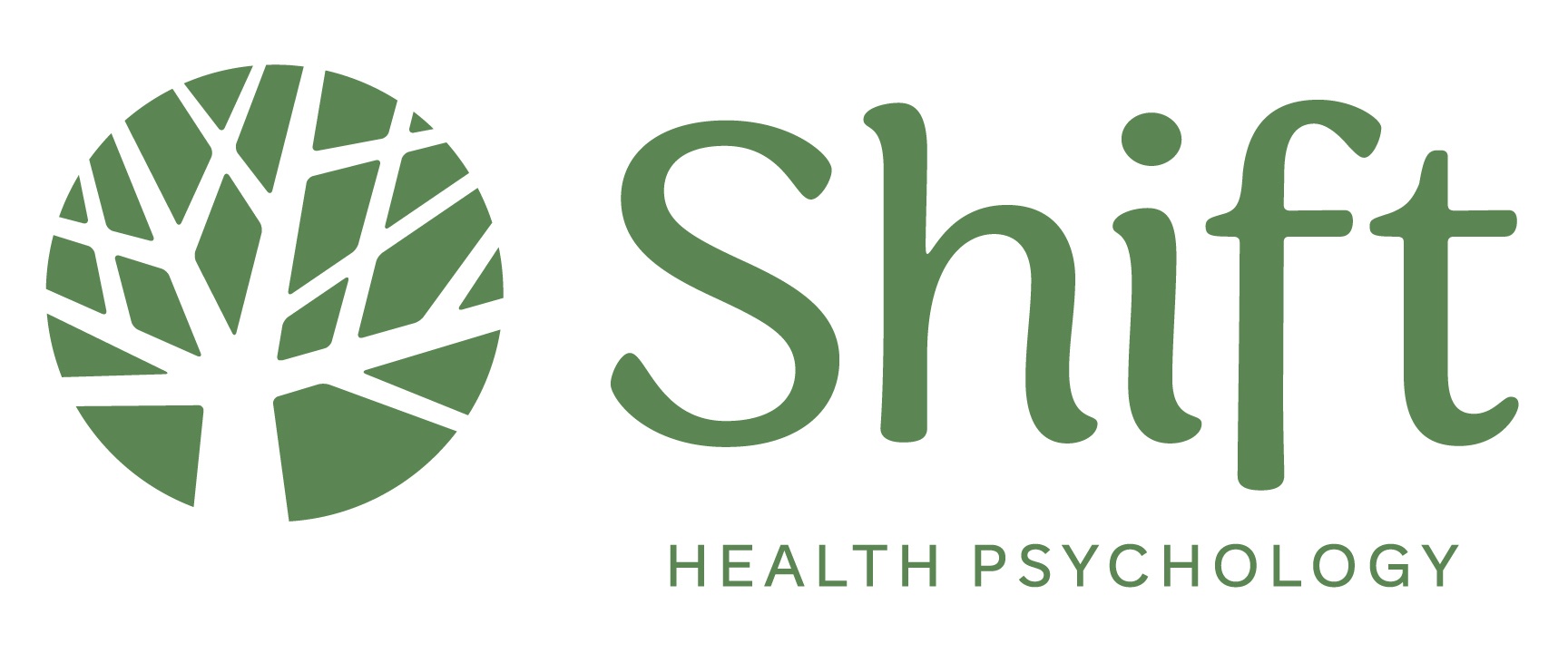Pain has an important function– it’s the natural way our bodies communicate with our brain to indicate something might be wrong. However, when the pain persists and becomes chronic, it begins to take a toll on you and your ability to enjoy life, both from a physical, mental, and emotional standpoint.
Key Characteristics of Chronic Pain
Chronic pain can happen anywhere in the body and can be identified by the following characteristics:
Duration: Chronic pain is primarily characterized by longevity that lasts longer than three months or longer than the usual recovery time.
Persistence: Pain consistently impacts one’s quality of life. Pain can be continuous or can come and go.
Different Causes: Chronic pain can stem from various factors, including previous injuries, chronic illness, nerve damage, other underlying health conditions, or even in the absence of a known cause.
Strongly Impacts Daily Life: Chronic pain can affect your ability to work or complete specific tasks, get restful sleep, engage in social activities, or find joy in your everyday life.
Common Types of Chronic Pain
While there is a wide range of conditions that involve chronic pain, some of the more common ones include:
Chronic Neck and Back Pain
Headaches and Migraines
Fibromyalgia
Nerve Damage (Neuropathy)
Injuries or Accidents
Chronic Illnesses
Acute Pain Vs. Chronic Pain
In contrast to chronic pain, acute pain often comes on more suddenly, is short-lived, and serves as a warning signal. Some causes of acute pain include:
Surgery or Medical Procedures
Injury or Broken Bones
Burns or Cuts
Tooth or Dental Pain
While some acute pains can last longer than 3 months, making them feel as though they could fit in the chronic category, after the cause of the acute pain heals, pain subsides. Chronic pain, in comparison, may not often come with a distinct start and finish.

